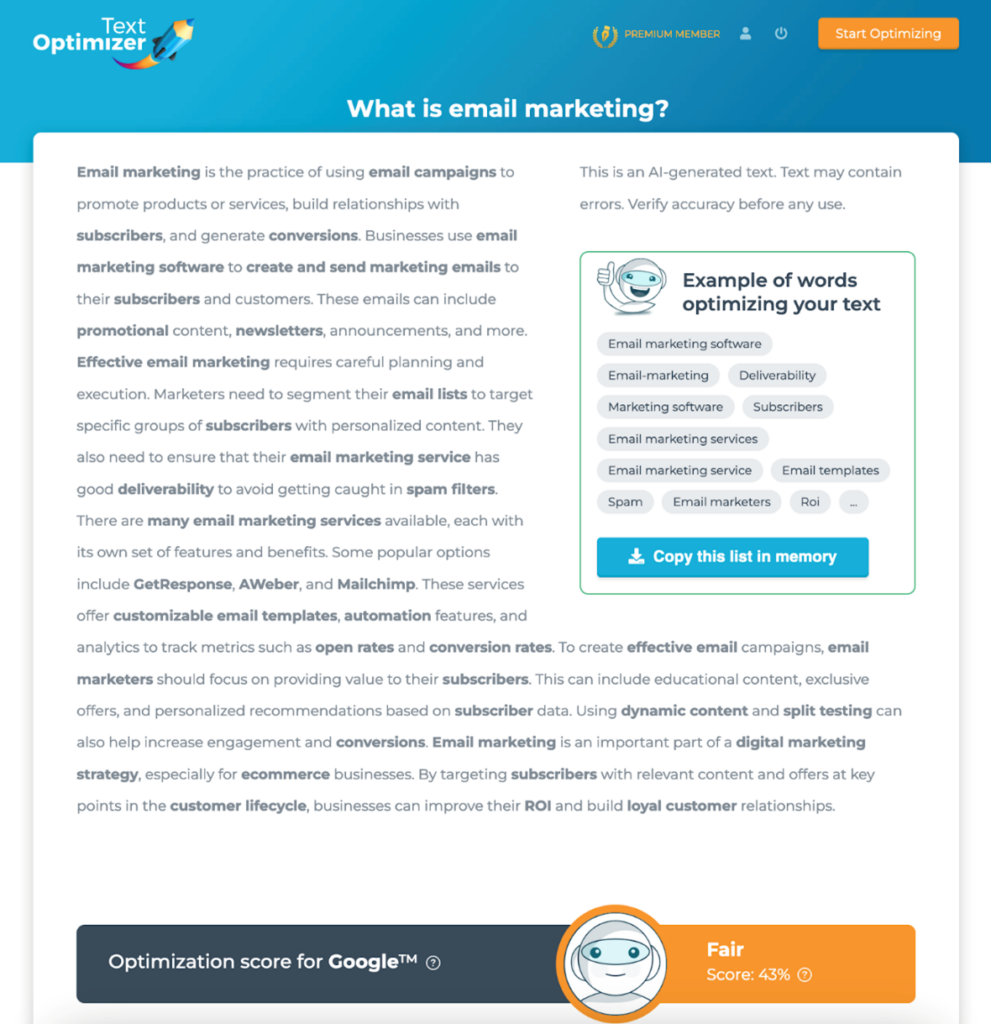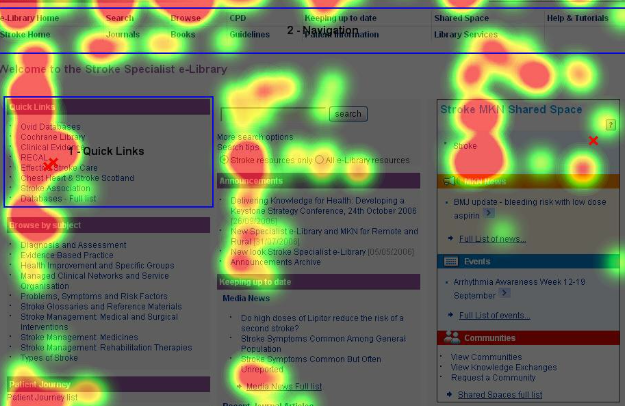How to create better-converting landing pages?
How to engage your site visitors better?
Here are a few actionable tips!
First Things First: How Are You Tracking?
For your landing page optimization strategy to be a success, you need to learn to focus on metrics that matter.
Google Analytics offers all-in-one analytics solutions that help you focus on your goals and not to get distracted by vanity metrics like clicks and shares. The tool offers conversion monitoring, sales funnel analysis, and even A/B testing.
Landing Page Content is What Matters…
While a Call To Action button is useful, it does not always necessarily have to be on the very top of the page. For example, you can feel tempted to put your CTA on the very top of every page. It would say “Learn More About”, for example.
This may be wrong. Why? Because how can the visitor learn more about something when the visitor hasn’t even seen the content yet? Thus, putting a CTA on the side of the content or somewhere relevant in the content, such as closer to the end, is more valuable than actually putting it up top.
Another case example is “BUY NOW” — it looks like this is a great idea to put it at the top. But if the person has yet to know anything about your product, why would they want to “BUY NOW”? It makes more sense to put it in the content after you have told them about the product.
You will be lucky if people continue reading, but if you can get your main points across at the very top of the page (headline, subheading, paragraph one, and paragraph two, then the rest should just be elaboration and trying to get some additional interactivity.)
Optimize for Search Intent
The goal behind any landing page is to convince a user to engage with your site – whether it is buying your product, subscribing to your email list or using your contact form to get in touch.
The only way to make this happen is to give your site users what they were looking for, i.e. match their intent.
Tools like Text Optimizer let you create a page copy that meets Google’s and its users’ intent. Here’s how it works:
- Text Optimizer grabs your keyword and runs it in Google
- The tool takes search snippets and uses semantic analysis to identify concepts that will make your copy more relevant
- If you provide your own copy, the tool will analyze which concepts and entities are missing from your text. It will also score your content based on how many concepts you failed to include. You don’t have to include all of them. Use your editorial judgment to include 15-25 of the suggested terms.
- Text Optimizer will also help you improve your content readability and copy diversity.
Text Optimizer also uses AI letting you generate an optimized copy you can then edit and publish:

Interlink! Links Decrease Bounce Rate
Those people who are not convinced by your landing page may be interested in learning more about you, your content, or your products. Therefore internal links are important when it comes to the landing page.
A good tactic is to add “Read More” links at the bottom of the landing page. That way we decrease the bounce rate and increase the overall time users spend on our website as well as page per session metric.
That being said, internal links should not distract from your call to action. They need to trigger a secondary action, so make sure to test that with click-maps, using tools like the above-mentioned Microsoft Clarity. It will record where people click on your landing page, how far they scroll, etc. They help you understand which links stand out more on your page and whether your calls-to-action are visible enough.

Clickmaps also track mouse movements allowing you to actually monitor how people are moving from object to object on your landing page.
Mind Your Landing Page Opt-in Forms
Many types of landing pages have opt-in forms aiming at collecting leads from visitors in order to convert them into paying customers later.
A majority of web designers that add opt-in forms on their landing pages overlook the effectiveness of these forms. One of the common landing page mistakes is adding extra fields to their opt-in forms even if they are not required.
Designers don’t bother about validating the fields on the forms at the time they design them. They don’t even make it clear to visitors how to fill each field. Web designers need to avoid this landing page mistake by specifying how fields are to be completed.
Setting opt-in forms is a difficult topic. What works on some landing pages won’t work on other types of landing pages. There’s no single recipe for success or a magic bullet. Plus, it requires some design adjustments not everyone can perform.
The bottom line here is don’t overdo it. The simpler you go (especially at the start), the better. But never stop learning new tricks and trying minor tweaks as you move forward.
But more importantly, know your target audience!
Make sure your offer fits the audience. Those who fish with the wrong bait go home hungry.
If you find a need and fill that need, you are providing value. Businesses that provide value survive.
If you try to force a solution on those who have no problem, you aren’t providing value. Businesses that don’t provide value fail.
No amount of advertising or slick copywriting can make a lasting change in the equation. Once you have the right solution to your audience’s problems, it’s simple to write the call to action. You’re announcing something a large group of people will love to hear. The rest is hype.
Our team of experts across our SEO Sydney teams and SEO Perth agencies can help take your landing page to the whole next level. Get in contact with us to see how we can help you stay ahead of the curve.

